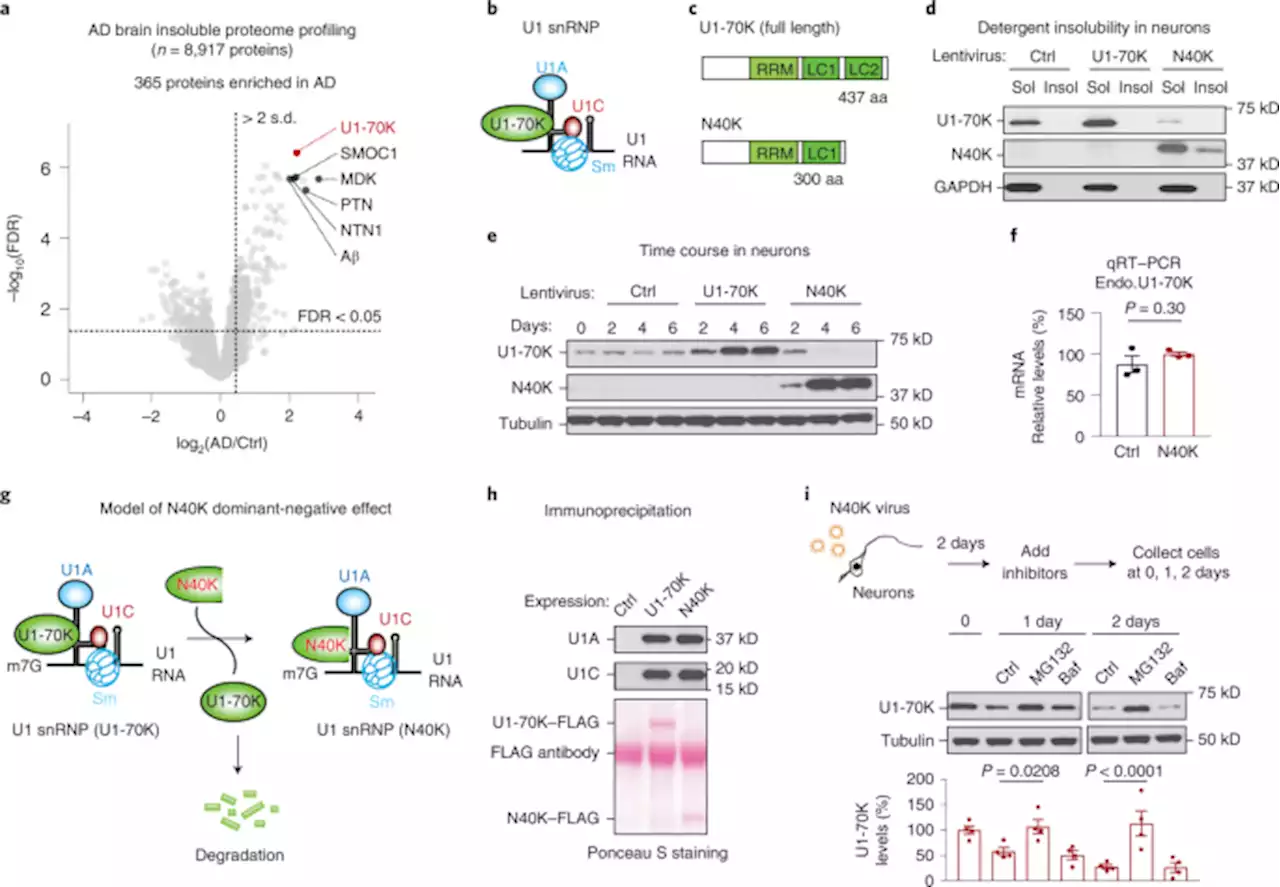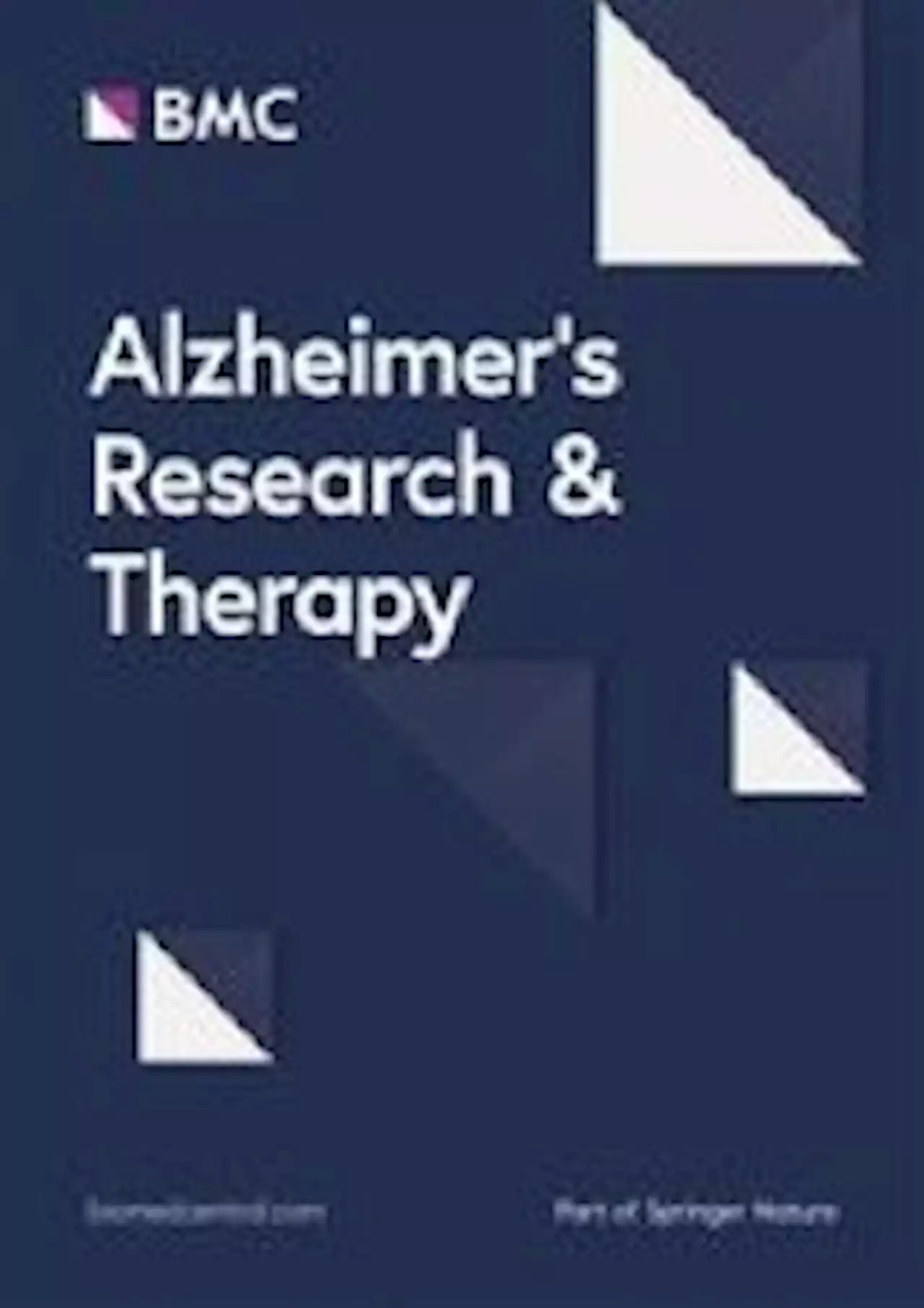An article published in Alzheimer's Research & Therapy presents a method for the quantitative detection of extracellular vesicles as a blood biomarker for preclinical Alzheimer’s disease diagnosis.
for 1 h to pellet the EVs. EV protein content was measured with the BCA assay . Sizes and densities of the EVs suspended in PBS were analyzed with a qNano system using NP200 nanopores and qNano Izon analysis software. CPC100 was used as the calibration sample in this study. Microphotographs of the EVs were obtained with an HD-2000 scanning transmission electron microscope .
5 μg CTB at room temperature for 30 min with rotation. Then, 10 μL of 10 mg/mL 1-ethyl-3-carbodiimide hydrochloride in 0.1 M MES buffer was added into the mixture and rotated at room temperature for 3 h. CTB-coupled beads were then blocked with 0.5% bovine serum albumin , washed twice with PBST , and resuspended in 100 μL of 0.1% Tween-20/PBS until use.
Australia Latest News, Australia Headlines
Similar News:You can also read news stories similar to this one that we have collected from other news sources.
 Alzheimer’s disease-associated U1 snRNP splicing dysfunction causes neuronal hyperexcitability and cognitive impairment - Nature AgingSplicing dysfunction has been observed in Alzheimer’s disease but it remains unclear whether splicing defects have a causal role. Here the authors generate a mouse model with perturbed U1 snRNP activity, recapitulating RNA splicing defects, neuron hyperexcitability, neurodegeneration and synergy with the amyloid cascade when crossed with 5xFAD mice.
Alzheimer’s disease-associated U1 snRNP splicing dysfunction causes neuronal hyperexcitability and cognitive impairment - Nature AgingSplicing dysfunction has been observed in Alzheimer’s disease but it remains unclear whether splicing defects have a causal role. Here the authors generate a mouse model with perturbed U1 snRNP activity, recapitulating RNA splicing defects, neuron hyperexcitability, neurodegeneration and synergy with the amyloid cascade when crossed with 5xFAD mice.
Read more »
 Lidl launches toy bank to help families struggling this ChristmasWhat an amazing move by Lidl 👏 The supermarket has launched a toy bank to help families struggling this Christmas 🎅
Lidl launches toy bank to help families struggling this ChristmasWhat an amazing move by Lidl 👏 The supermarket has launched a toy bank to help families struggling this Christmas 🎅
Read more »
 Talk therapy could improve mental health of people with dementiaPeople living with dementia may benefit from talking therapies available on the NHS, if they suffer from anxiety or depression, finds a new study led by UCL researchers.
Talk therapy could improve mental health of people with dementiaPeople living with dementia may benefit from talking therapies available on the NHS, if they suffer from anxiety or depression, finds a new study led by UCL researchers.
Read more »
